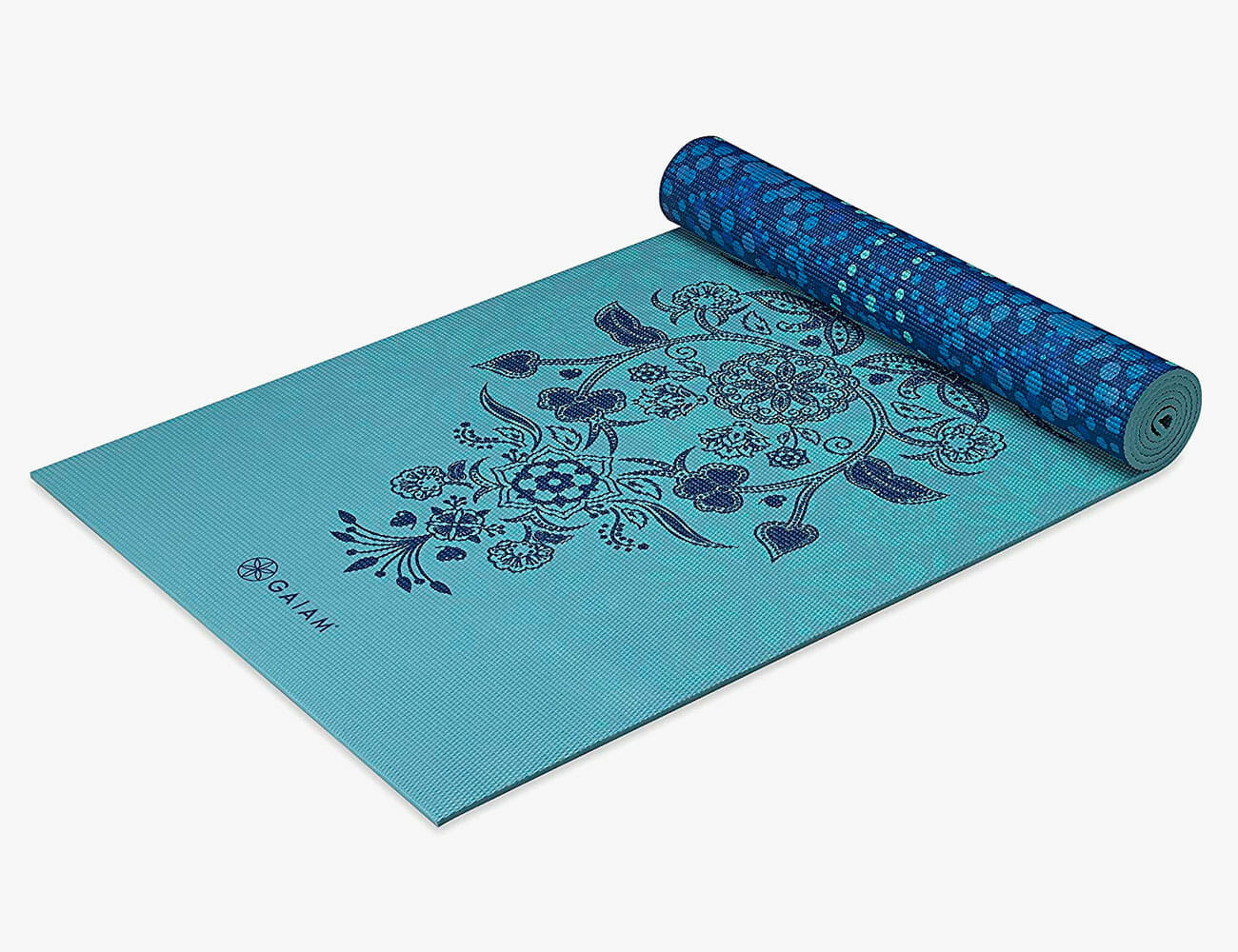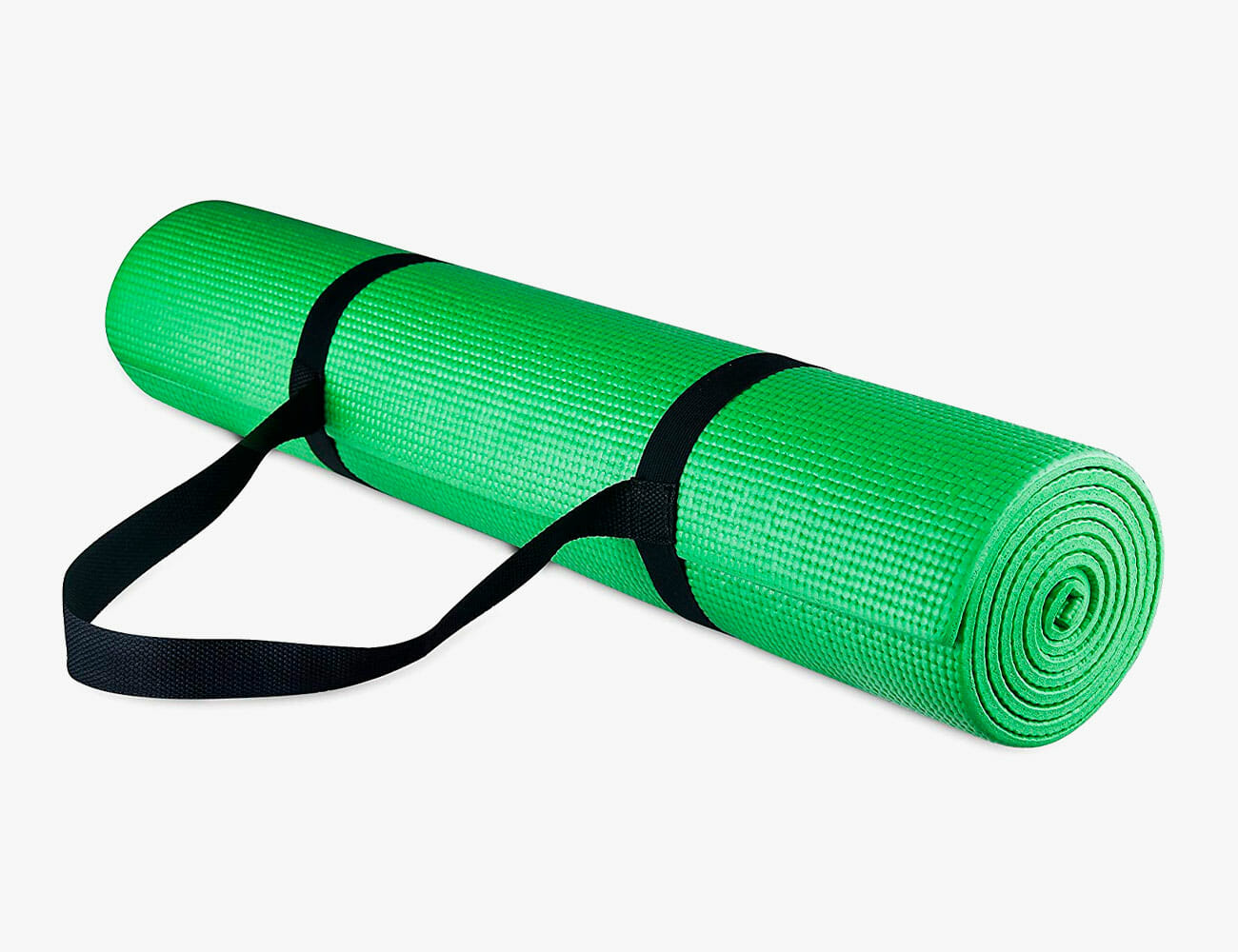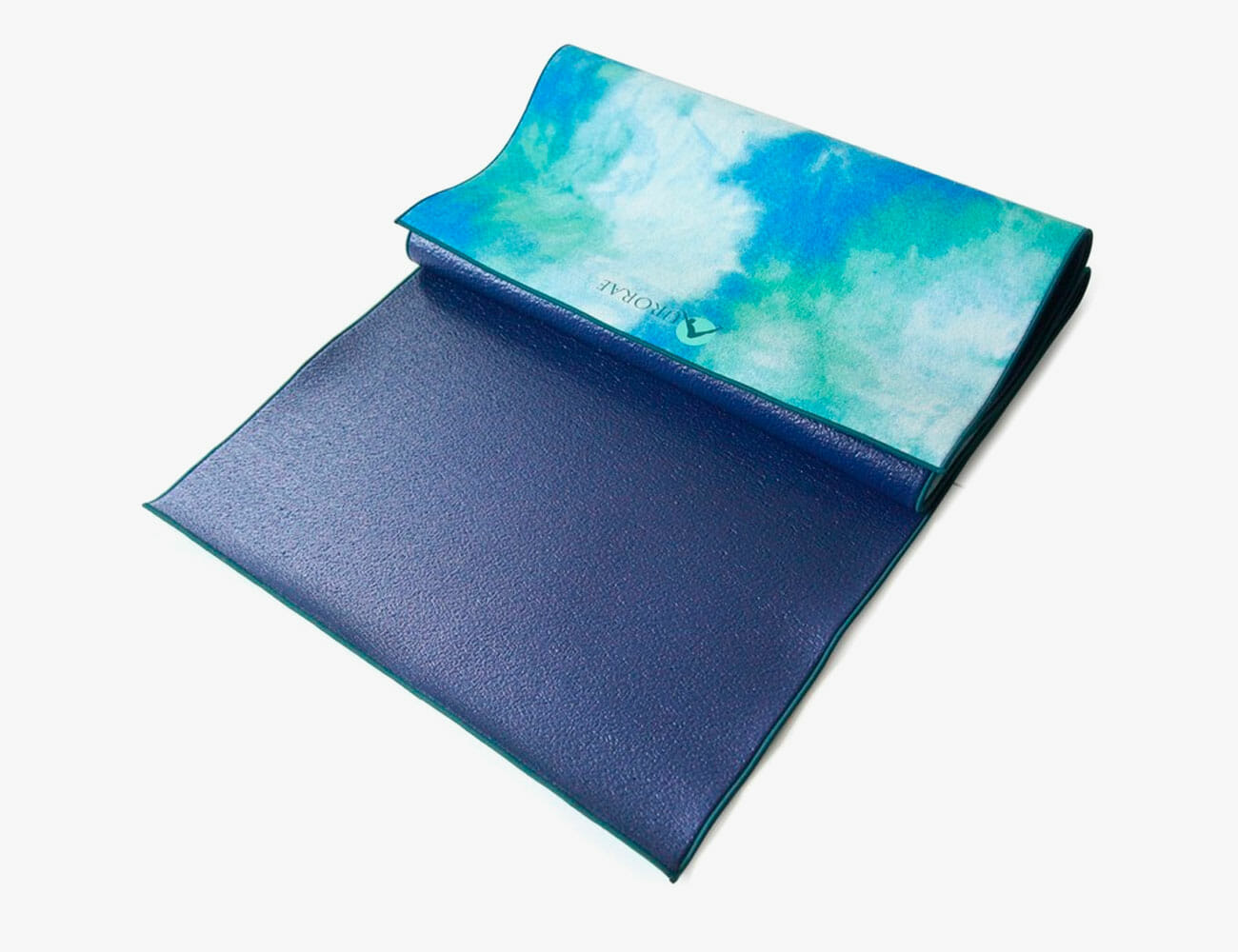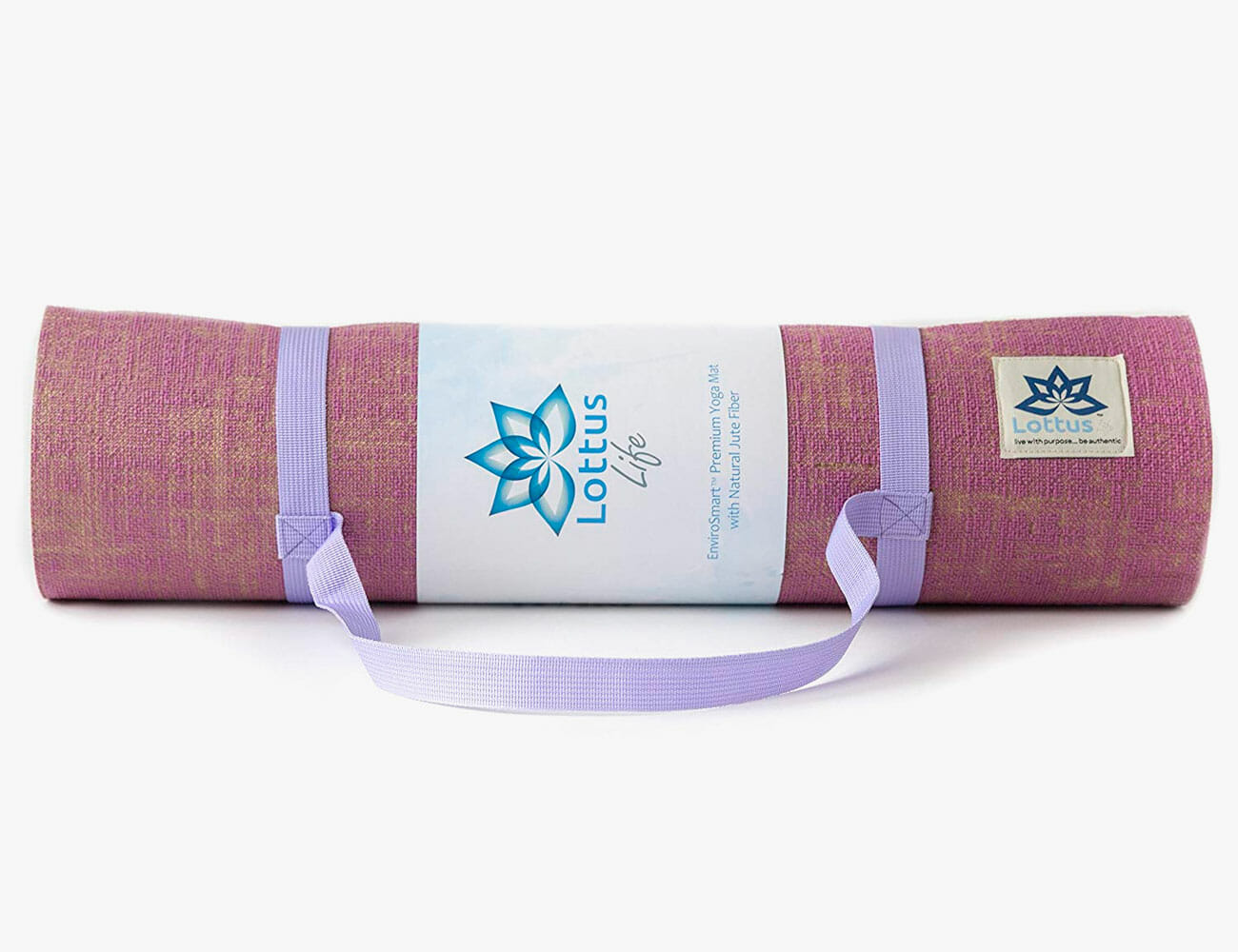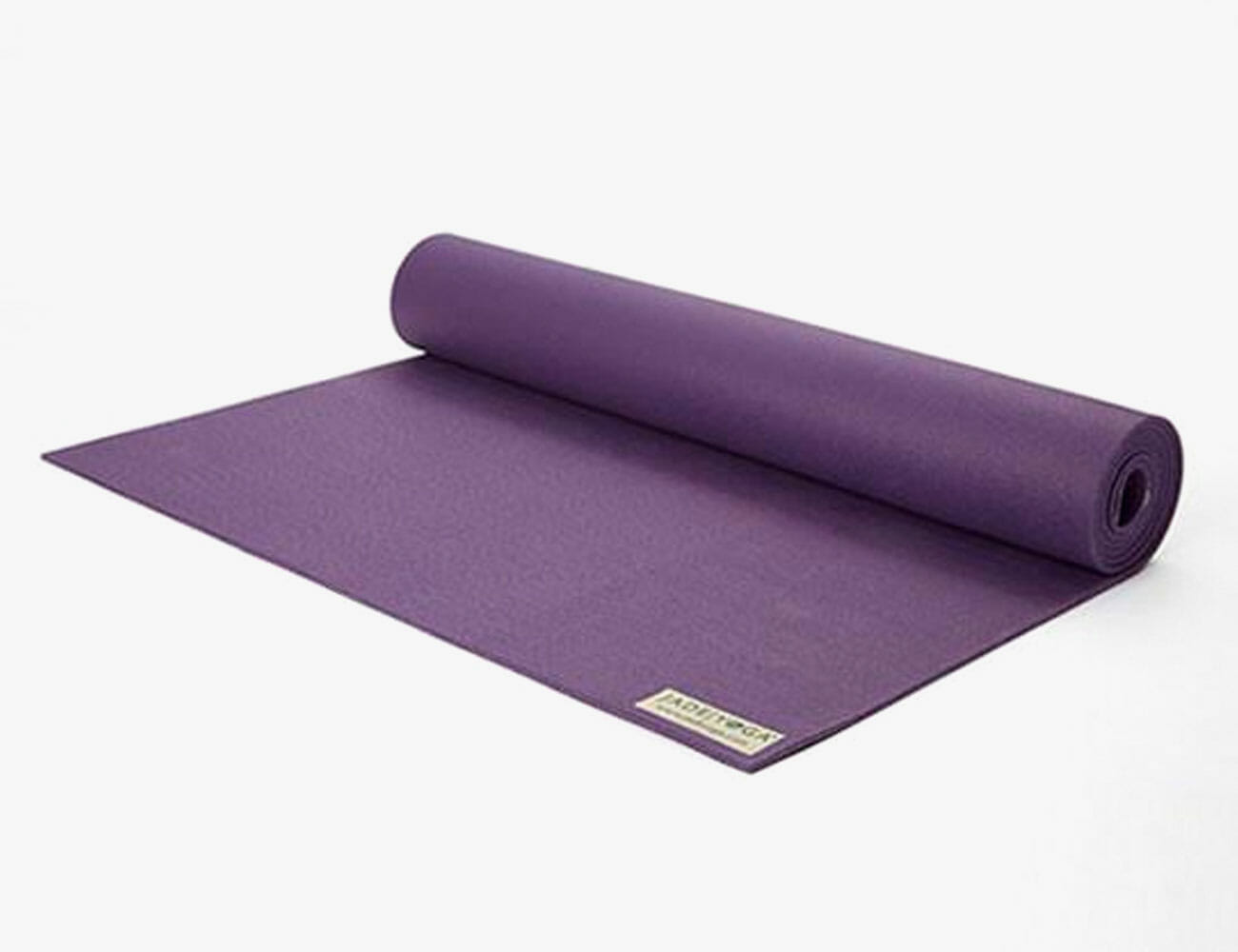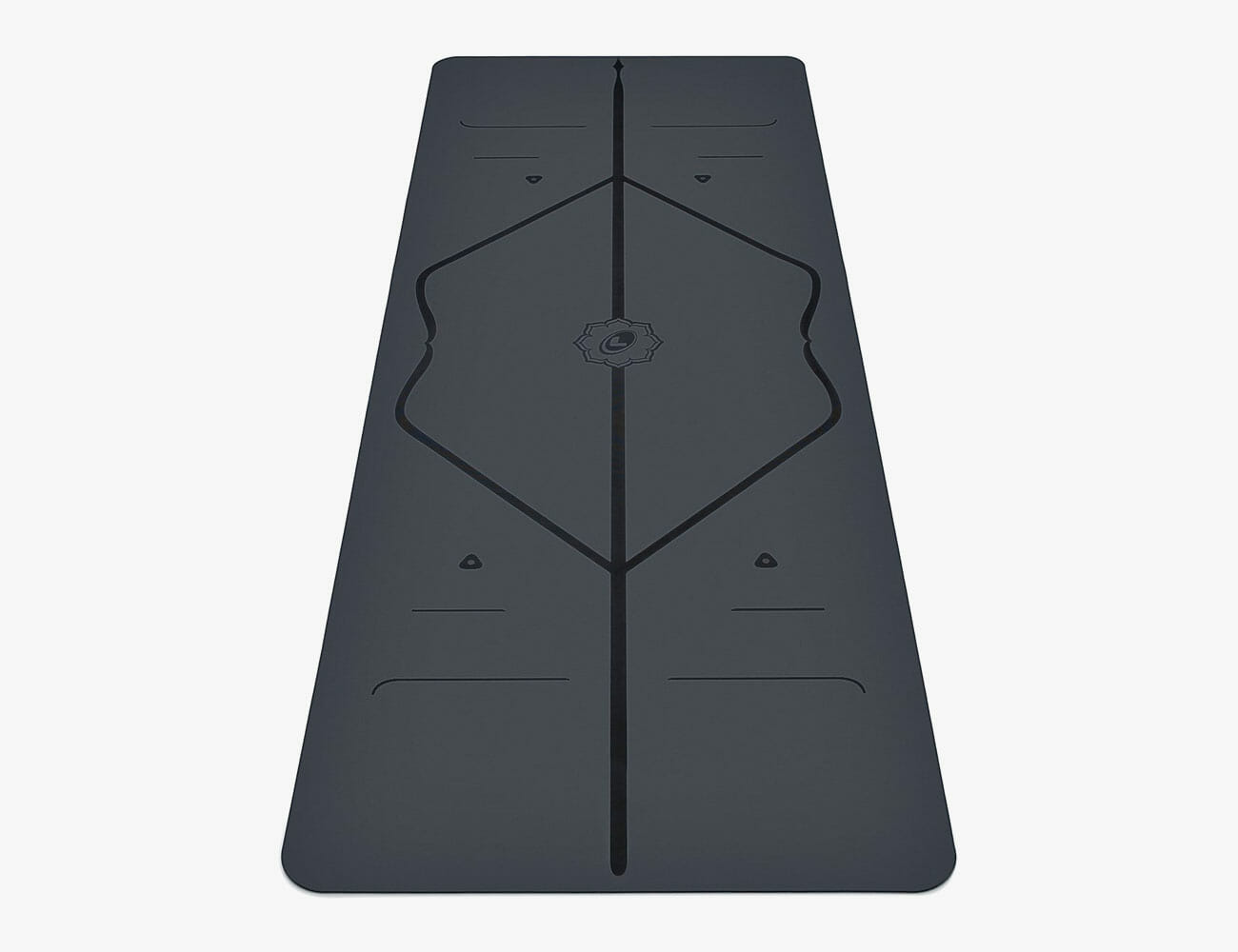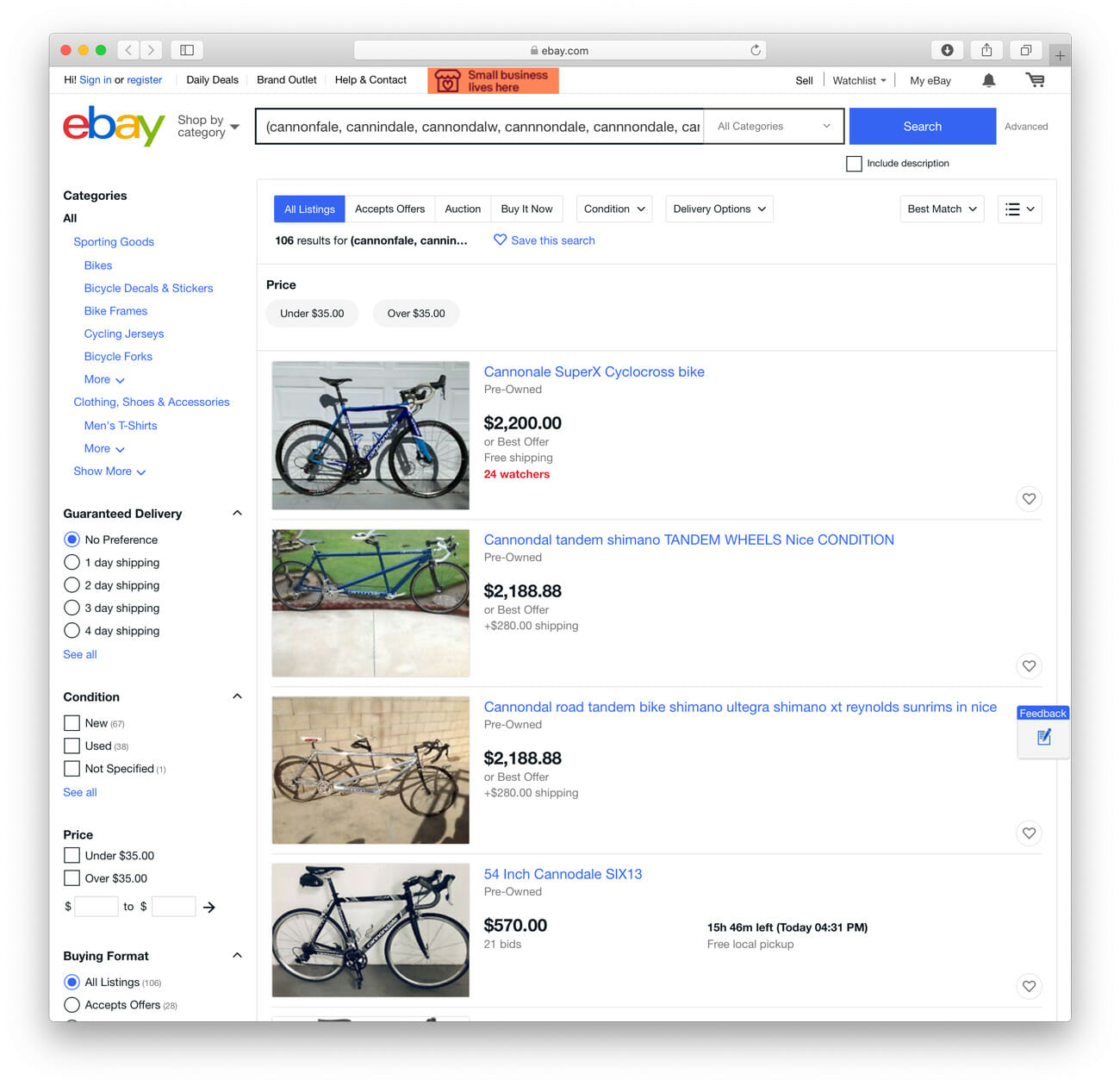A mat is a mat, right? Not when it comes to yoga. In yoga, your mat is your private space. It’s where you come to find zen, strength, relief — whatever it is that drives your yoga practice. But it’s hard to get there when you have a mat that messes with your flow. Even the most blissed-out yogi is going to get pissed off if their hands start sliding or their wrists feel like they’re planted directly into a wood floor. “If you practice regularly, you must invest in your own mat,” asserts Kristin McGee, a Peloton yoga instructor.
Most yoga mats look pretty similar, but there are subtle differences in thickness, material, texture and grip or stickiness that can affect how you move. That last attribute is one of the most essential elements for yogis: “A mat needs to have that good grip from the beginning,” says McGee. “If you find you’re sliding way too much, it’s not a good sign.” All that extra movement is going to distract you from being present and focusing on your flow — the whole point of yoga.
A textured mat will typically provide more traction, but the material can affect the grip factor as well. “Most mats are made with polyvinyl chloride (PVC),” says Kevin Schaefer, gearhead and yoga instructor at outdoor e-retailer Backcountry. PVC was the OG sticky mat. But now, there are more eco-friendly mats made from natural and recycled rubber or other natural materials that provide just as much grip. “Rubber is my go-to—it’s firm and great for balancing poses, but with some thickness, so it’s comfortable when you are embracing the floor and gravity.”
Comfort is another major factor for yogis, and a mat’s thickness determines that. “Your travel mats can be as thin as 1mm to the mid-plush thickness of 3mm,” explains Schaefer. “Your usual home mat is going to be around 3 to 6mm in thickness. And if you want some extra comfort, you can go 7mm-plus.” Some people need more padding than others, so it’s crucial to figure out what feels good to you (and your joints).
A good mat can be an investment, but it’s worth it. “If you take care of them, yoga mats can last for quite a long time — at least five years!” says McGee. That means wiping it down after you practice (every time would be great, but at least once a week) and giving it a deeper scrub and letting it hang dry once a month, she adds. McGee recommends the Jo-Sha Yoga Cleansing Wipes.
But a yoga mat doesn’t have to break the bank. Here are a variety of winners for all wallets, whether you’re looking for a budget intro option or one to take on the go.
Best Beginner Mat: Gaiam Yoga Mat Premium Print Reversible Extra Thick Mat
If you’re new to yoga, you don’t want to drop $100 on a mat before you’ve even figured out your personal preferences. That’s why Gaiam’s mat makes for a great entry point. It’s the standard mat size, 24 inches wide and 68 inches long. It’s five millimeters thick, giving you two millimeters more cushioning than a regular mat. And it’s made from non-toxic PVC foam, which provides a non-slip surface (in most classes, at least; the sweatier you get, the more likely you’ll be to lose traction on this mat). Coming in at under $40, it’s a solid deal — especially since it’s reversible, essentially giving you two styles to rock for the price of one.
Best Affordable Mat: BalanceFrom GoYoga Mat
For beginners and casual yogis, it’s OK to opt for a budget mat — as long as it doesn’t sacrifice function for savings. BalanceFrom’s GoYoga mat has a lot in common with the Gaiam: it’s the same size, it’s just a millimeter thicker, and it’s also made from lightweight, high-density foam with double-sided non-slip surfaces. It may not have the cache or durability (this type of foam tends to flake over time) of some of the pricier options, but you could replace it six times over and still ring up under the total cost of a name brand.
Best for Hot Yoga: Aurorae Synergy 2-in-1 Yoga Mat
There’s nothing less graceful than slipping and sliding around your mat, which is why excellent traction is especially crucial when you add high-sweat conditions to your practice. The Aurorae Synergy is layered with a non-slip, super absorbent microfiber towel to keep your hands and feet from losing their grip. And the more you sweat, the grippier the mat gets; in fact, the brand recommends spritzing it with water before class to max out the sticky benefits. Underneath, there’s a comfortable 5mm of mat made from Polymer Environmental Resin (PER), a biodegradable synthetic material. Plus, you can flip the mat over, for a more traditional surface, if you’re in a non-heated class.
Best Thick Mat: Lottus Life Natural Jute Fiber Yoga Mat
If you’ve got knee, wrist or ankle issues, you might prefer a mat that puts a little more cushioning between you and whatever surface you practice on — especially if you’re on something like concrete, which has approximately zero give. This mat’s memory foam-like padding, made from environmentally friendly materials woven with natural jute fibers, comes in at 8mm thick, enough to supply a solid cushion but not so thick that you find yourself sinking right into it. Those jute fibers, which are antifungal and antimicrobial, provide some grip for your skin. They may feel scratchy at first, but they soften with use.
Best Thin Mat: Lululemon The Reversible Mat

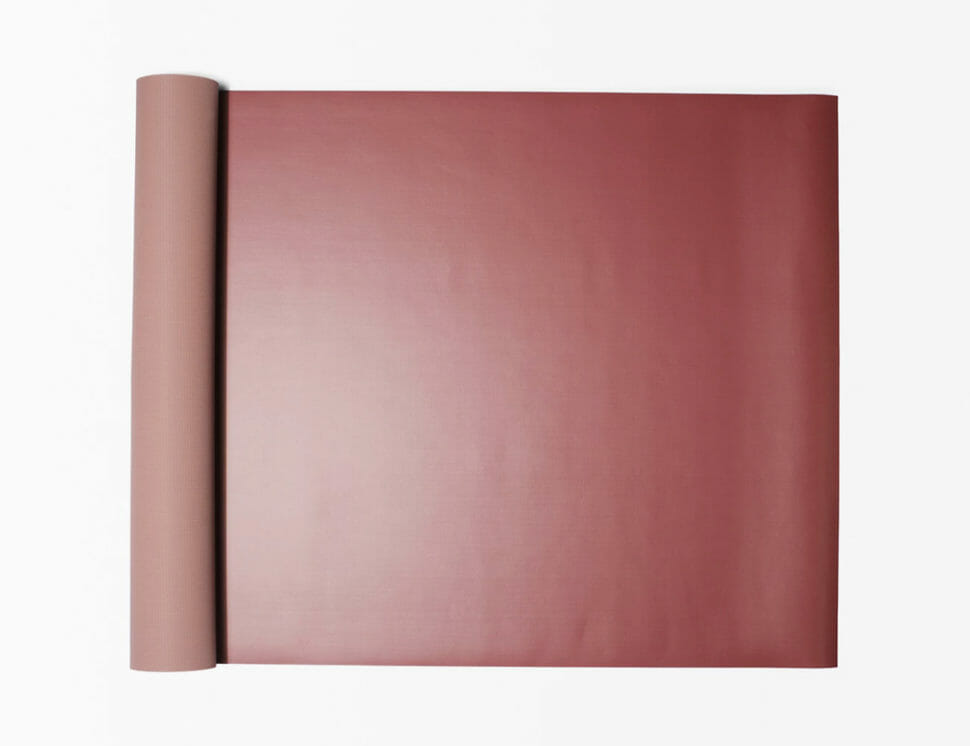
Lululemon’s skinny mat is just 3mm thick, an ideal option for yogis who really want to feel rooted in the ground. How you use it is a choose your own adventure: if you like traction via texture, practice on the spongy natural rubber side (it’s made with an antimicrobial additive to keep it from getting grunge-y); if you prefer a smoother non-slip surface, flip it to the side with a polyurethane top layer, which wicks and absorbs moisture. Or use both, depending on what type of class you take or how your body feels. Oh, and if you like to spread out during your flow, you’ll really appreciate the extra 3 inches of length and 2 inches of width offered by this mat.
Best Eco-Friendly Mat: JadeYoga Harmony Mat
Jade Yoga’s best-selling mats are as ubiquitous in yoga classes as Lululemon shorts (in fact, you’ve probably rented one of these at a local studio). That’s because they’re known for their superior grip — the mat’s “open-cell” design means the porous material soaks up sweat and any other moisture as you flow. The brand is also known for their commitment to sustainability: the mats are made from natural rubber, a renewable resource; produced in the U.S., in compliance with all U.S. environmental, labor and consumer protection laws; and contain no PVC, EVA or other synthetic rubber. Plus, for every mat sold, Jade plants a tree through their partnership with Trees for the Future.
Best Yoga Mat With Alignment: Liforme Yoga Mat With Alignment Lines
There’s no way to get all the body benefits of yoga if you’re not nailing the right form. Liforme’s yoga mat helps you stay centered — literally — with smart markings that point out where your hands, feet and center should be for proper positioning. (The marks are etched right into the surface of the mat, so they’ll be there as long as you are.) This mat is on the slimmer end of the spectrum at 4.2mm, but there’s an extra felt portion sandwiched between the natural rubber layers that provides additional support and stability. And at nearly 73 inches long, there’s plenty of room for you to deepen those lunges.
Best Cork Yoga Mat: Mantra Cork Yoga Mat
For all the rubber mats you’ve used or looked at, have you ever considered cork? The material serves just as much of a purpose in the studio as it does in a wine bottle (…even if that purpose is a little different). Cork is naturally antimicrobial, preventing bacteria, mold and mildew from growing on your yoga mat, and it even tends to repel dirt, hair and dust. It also gives great grip — the more moisture the natural surface absorbs, the stickier it gets. Mantra’s 5mm mix of cork and rubber is extra dense, which will boost your stability and put a little more joint protection between you and the floor.
Best Travel Mat: Yoga Design Lab Commuter Mat
One of the best parts of yoga is that you can practice anywhere — you just need a mat that can make the trek, too. That’s why Yoga Design Lab created this super portable hybrid towel/mat. The top layer is absorbent suede microfiber (made from recycled plastic bottles), which soaks up moisture so you can stay in position. The base is made from natural tree rubber and just cushy enough to protect your joints, even though the whole mat is a mere 1.5mm thick. With so little bulk to manage, it couldn’t be easier to fold the entire thing up and stash it in your bag, backpack or suitcase.
Best All-Around Mat: Manduka Pro Yoga Mat
At 6mm thick and slightly longer and wider than average, the best-selling Manduka Pro has a little bit of everything. The fabric-like finish is grippy, the closed-cell surface keeps moisture and sweat from seeping into the material, and the high-density cushioning keeps you comfortable and stable whether you’re practicing savasana on a hardwood floor or working tree pose on top of carpet. But the real selling point is the lifetime warranty; the brand will replace your mat if it shows any signs of manufacturer defects or irregular wear. It’s such a popular mat that the company also has a lighter 4.7mm option and a grippier version for hot yoga.
A Beginner’s Guide to Yoga
Thinking about trying yoga? Here’s everything you need to know about the history, styles, risks and benefits before you get started. Read the Story



